🇦🇺 Monash (Neural Systems and Behaviour Lab), ex Uni Melbourne
👨🔬MRI processing, tractography, computational modelling, cog-neuro, addiction
ADHD 🌈
English & Persian flavors
Then check out our new preprint, lead by
Francis Normand with a stellar team, showing how geometry constrains connectome architecture:
biorxiv.org/content/10.1...
Full thread here:
tinyurl.com/sfv3yf73

Then check out our new preprint, lead by
Francis Normand with a stellar team, showing how geometry constrains connectome architecture:
biorxiv.org/content/10.1...
Full thread here:
tinyurl.com/sfv3yf73
Francis Normand
@m-gajwani.bsky.social
@jchrispang.bsky.social
J Cruddas
@arshiyasan.bsky.social
Alex Holmes
@stuartoldham.bsky.social
Peter Robinson
Francis Normand
@m-gajwani.bsky.social
@jchrispang.bsky.social
J Cruddas
@arshiyasan.bsky.social
Alex Holmes
@stuartoldham.bsky.social
Peter Robinson
@thetransmitter.bsky.social & Neuromatch are teaming up to better understand how to support #EarlyCareer Researchers. Whether you're a student, postdoc, or launching your career, we want to hear from you.
➡️ www.thetransmitter.org/early-career...

@thetransmitter.bsky.social & Neuromatch are teaming up to better understand how to support #EarlyCareer Researchers. Whether you're a student, postdoc, or launching your career, we want to hear from you.
➡️ www.thetransmitter.org/early-career...
osf.io/preprints/os...

osf.io/preprints/os...
How does blood perfusion map onto canonical features of brain structure and function? @asafarahani.bsky.social investigates @plosbiology.org ⤵️
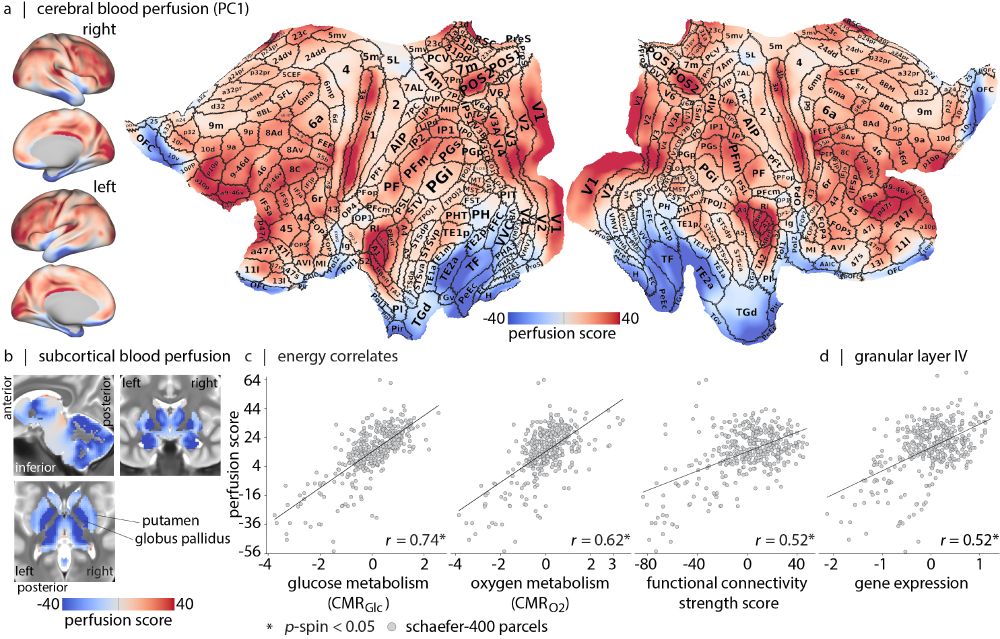
How does blood perfusion map onto canonical features of brain structure and function? @asafarahani.bsky.social investigates @plosbiology.org ⤵️
The efficacy of resting-state fMRI denoising pipelines for motion correction and behavioural prediction
doi.org/10.1162/IMAG...
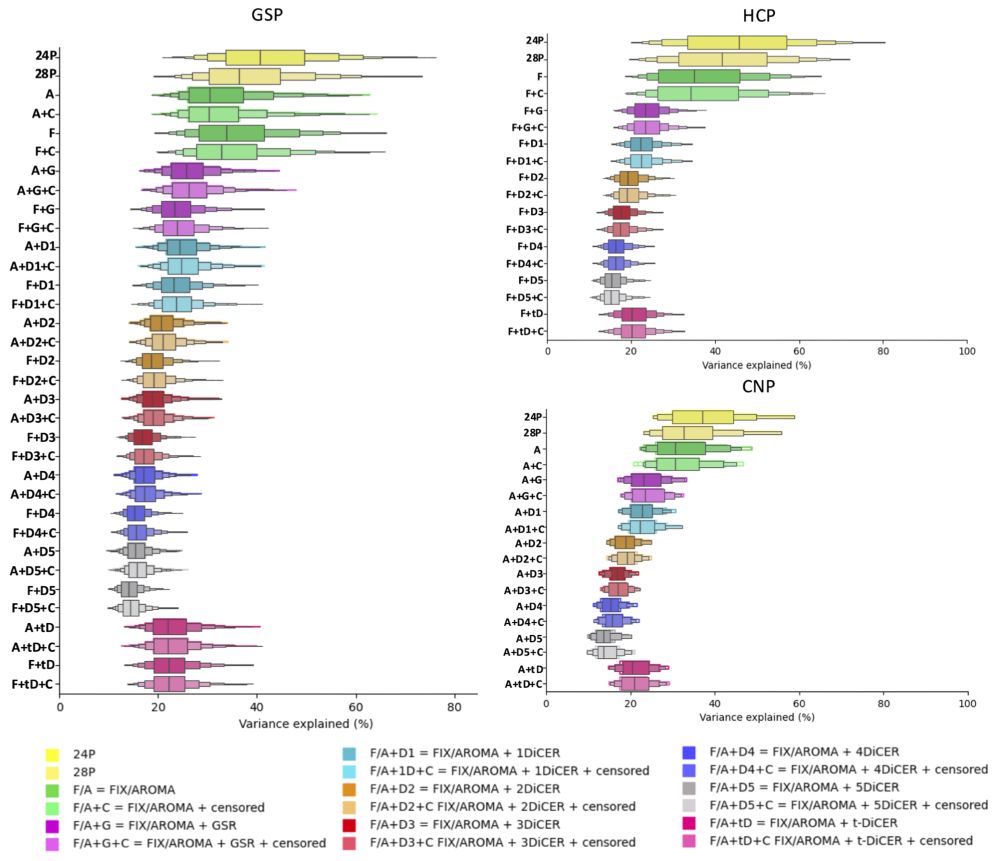
The efficacy of resting-state fMRI denoising pipelines for motion correction and behavioural prediction
doi.org/10.1162/IMAG...
We stimulated serotonin with optogenetics while doing large-scale Neuropixel recordings across the mouse brain. We found strong widespread modulation of neural activity, but no effect on the choices of the mouse 🐭
How is this possible? Strap in! (1/9) 👇🧵
doi.org/10.1101/2025...

We stimulated serotonin with optogenetics while doing large-scale Neuropixel recordings across the mouse brain. We found strong widespread modulation of neural activity, but no effect on the choices of the mouse 🐭
How is this possible? Strap in! (1/9) 👇🧵
doi.org/10.1101/2025...
www.biorxiv.org/content/10.1...
I personally am a big fan of the idea that cortical regions (allo and neo) are doing sequence prediction.
But...
🧠📈 🧪

www.biorxiv.org/content/10.1...
I personally am a big fan of the idea that cortical regions (allo and neo) are doing sequence prediction.
But...
🧠📈 🧪
Any thoughts welcome! #psychscisky
Any thoughts welcome! #psychscisky
osf.io/preprints/ps...
@nsb-lab.bsky.social

osf.io/preprints/ps...
@nsb-lab.bsky.social
Indeed, if we cluster our primates based exclusively on their behaviour, the main 2 clusters show significantly different brain volume. We can also look at the top types of behaviours that distinguish between clusters: social learning, tool use, extractive foraging, manipulation complexity…

Indeed, if we cluster our primates based exclusively on their behaviour, the main 2 clusters show significantly different brain volume. We can also look at the top types of behaviours that distinguish between clusters: social learning, tool use, extractive foraging, manipulation complexity…
Concatenating primate brains based solely on their size provides a 1st striking illustration of the importance of mechanical morphogenesis: despite jumping across far branches of the phylogenetic tree, the sequence is largely continuous, hinting at a common underlying organising principle.
Concatenating primate brains based solely on their size provides a 1st striking illustration of the importance of mechanical morphogenesis: despite jumping across far branches of the phylogenetic tree, the sequence is largely continuous, hinting at a common underlying organising principle.
To predict the behaviour of a primate, would you rather base your guess on a closely related species or one with a similar brain shape? We looked at brains & behaviours of 70 species, you’ll be surprised!
🧵Thread on our new preprint with @r3rt0.bsky.social , doi.org/10.1101/2025...
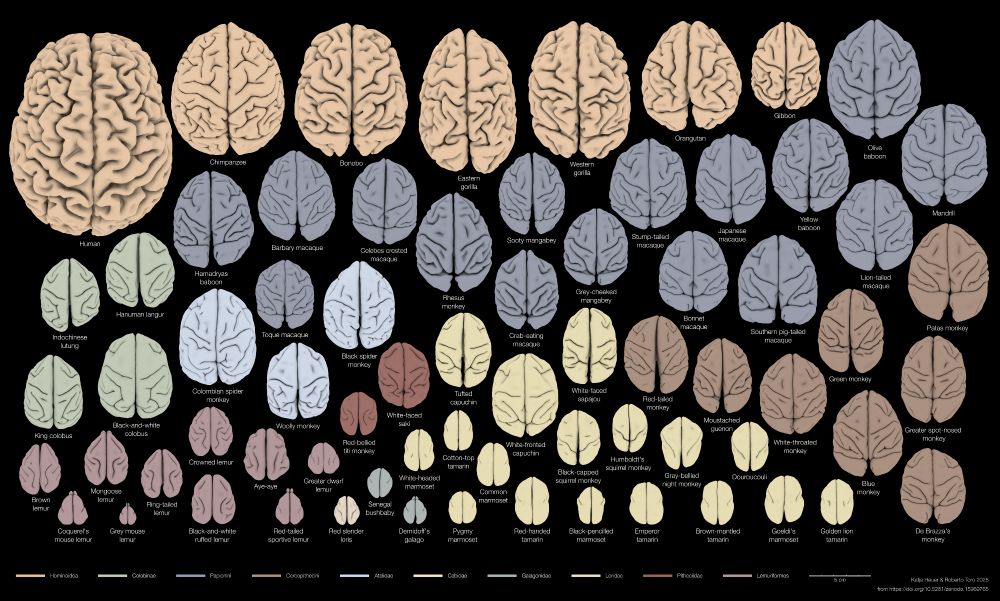
To predict the behaviour of a primate, would you rather base your guess on a closely related species or one with a similar brain shape? We looked at brains & behaviours of 70 species, you’ll be surprised!
🧵Thread on our new preprint with @r3rt0.bsky.social , doi.org/10.1101/2025...
www.nature.com/articles/s41...
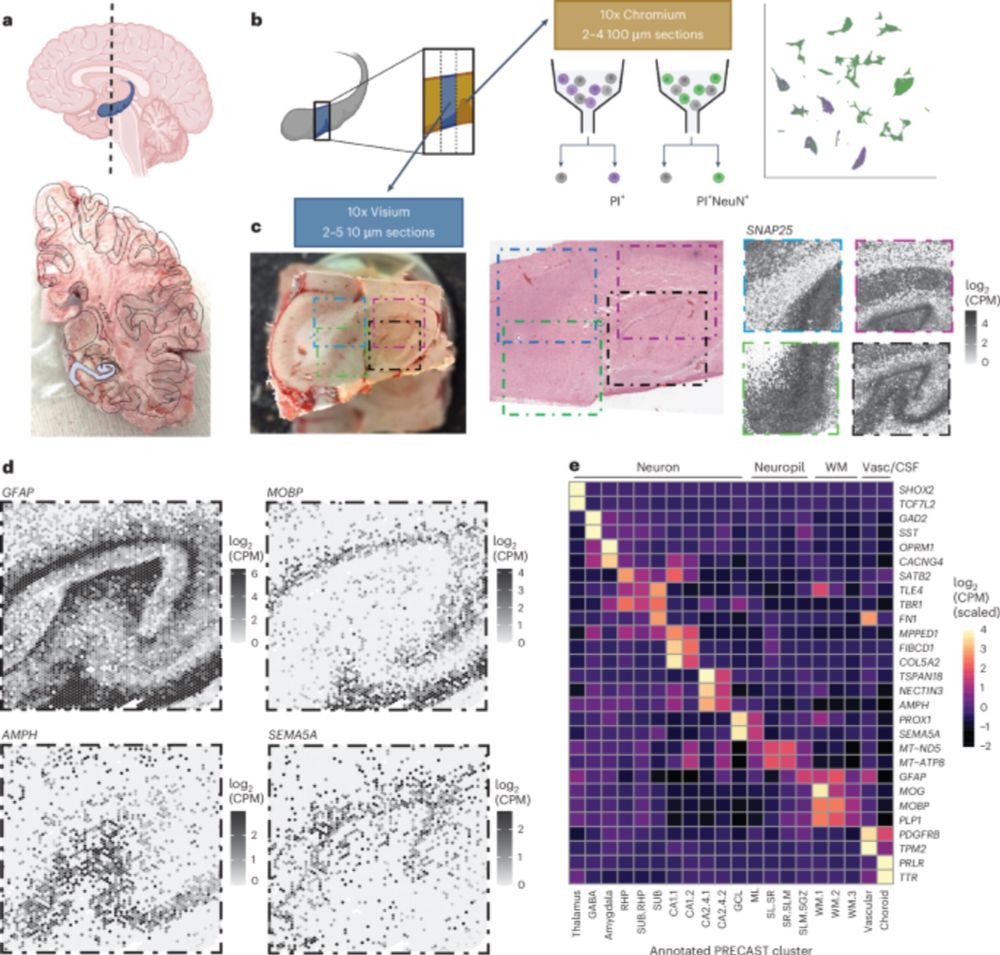
www.nature.com/articles/s41...
Are you a student passionate about #science communication?
Do you speak more than one language fluently?
We want to hear from you!
We're looking for multilingual students to help us make #neuroscience more accessible. Details here: neurofrontiers.blog/the-brain-ac...
#SciComm
Are you a student passionate about #science communication?
Do you speak more than one language fluently?
We want to hear from you!
We're looking for multilingual students to help us make #neuroscience more accessible. Details here: neurofrontiers.blog/the-brain-ac...
#SciComm
Dr. Sharna Jamadar's (@sharnajamadar.bsky.social) research reveals that understanding how brain regions coordinate energy use could be a game-changer for predicting cognitive decline
www.ohbm-com.com/brain-bites/...
#ohbm2025 #brainbites

Dr. Sharna Jamadar's (@sharnajamadar.bsky.social) research reveals that understanding how brain regions coordinate energy use could be a game-changer for predicting cognitive decline
www.ohbm-com.com/brain-bites/...
#ohbm2025 #brainbites
The Network Correspondence Toolbox (NCT) brings consistency to neuroimaging by aligning findings across atlases. A big leap toward reproducible brain science! @lucinauddin.bsky.social
www.ohbm-com.com/brain-bites/...
#OHBM2025 #BrainBites #neuroscience
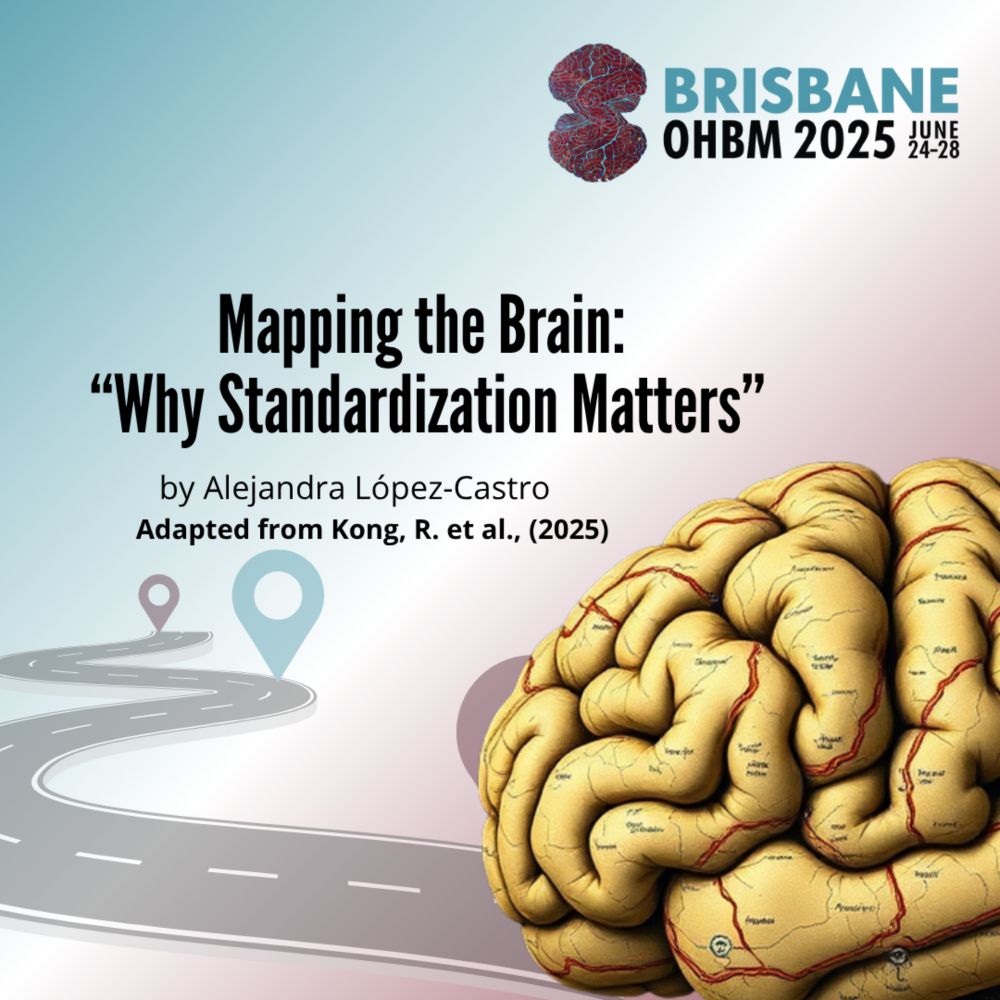
The Network Correspondence Toolbox (NCT) brings consistency to neuroimaging by aligning findings across atlases. A big leap toward reproducible brain science! @lucinauddin.bsky.social
www.ohbm-com.com/brain-bites/...
#OHBM2025 #BrainBites #neuroscience
full PDF: incompleteideas.net/book/RLbook2...
2- A brief history of intelligence. Not neuroAI, but popular among grad students at RLC & our MSR interns as a deep conceptual introduction. www.abriefhistoryofintelligence.com/book



full PDF: incompleteideas.net/book/RLbook2...
2- A brief history of intelligence. Not neuroAI, but popular among grad students at RLC & our MSR interns as a deep conceptual introduction. www.abriefhistoryofintelligence.com/book
Huge shoutout to FFXX and the incredible team who spent years crafting a *Taopunk* soundscape—fusing Eastern influences with modern sounds. ☯️
🎮 *Nine Sols* is now 30% OFF for a limited time—don’t miss out!
👇 Links below!

Huge shoutout to FFXX and the incredible team who spent years crafting a *Taopunk* soundscape—fusing Eastern influences with modern sounds. ☯️
🎮 *Nine Sols* is now 30% OFF for a limited time—don’t miss out!
👇 Links below!
Generation of surrogate brain maps preserving spatial autocorrelation through random rotation of geometric eigenmodes
direct.mit.edu/imag/article...
Produces surrogates for null hypothesis testing of nonlinear effects within and correlations between brain maps
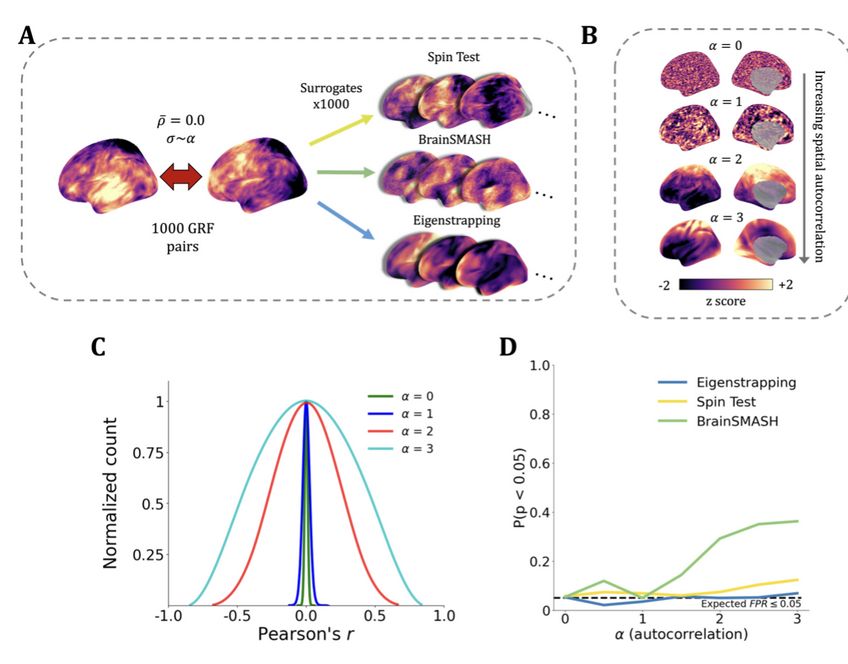
Generation of surrogate brain maps preserving spatial autocorrelation through random rotation of geometric eigenmodes
direct.mit.edu/imag/article...
Produces surrogates for null hypothesis testing of nonlinear effects within and correlations between brain maps
@nsb-lab.bsky.social

osf.io/preprints/ps...
osf.io/preprints/ps...

